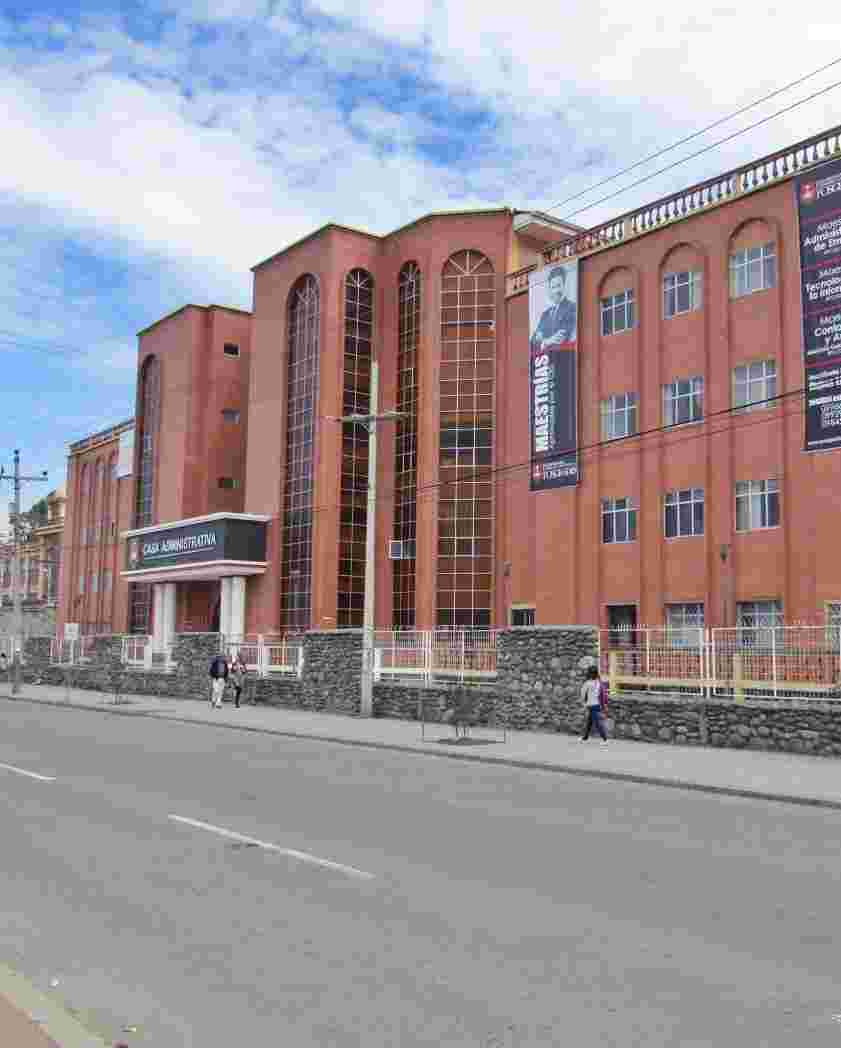Examinando por Autor "Quizhpi Paredes, Diana Elizabeth"
Mostrando 1 - 5 de 5
- Resultados por página
- Opciones de ordenación
Ítem Acceso Abierto Consideraciones éticas de la reanimación neonatal en prematuros. Revisión bibliográfica(Universidad Católica de Cuenca., 2023) González Zamora, Sofía Daniela; Quizhpi Paredes, Diana Elizabeth; 0301893525Background: Preterm delivery occurs before 37 weeks of gestation and is given by the fact that the pregnancy does not reach a specific duration and is associated with a high risk of morbidity and mortality. Neonatal resuscitation aims to avoid the death of the newborn or its possible sequelae, analyzing the ethics where the decisions taken are medically complex and ethically controversial. General objective: To describe the ethical considerations of neonatal reanimation in preterm infants. Methodology: Descriptive bibliographic review in different digital scientific databases such as PubMed, ScienceDirect, SciELO, Up To Date, Scopus, and Elsevier, using bibliographic descriptors such as DeCs and MeSH. Results: As prematurity is the cause of death in children under five years of age, neonatal reanimation performed in an effective and timely manner could improve neonatal outcomes, avoiding neurological deficits and improving survival without morbidity. The limits of feasibility cannot be universally exercised, and the ethical aspects of reanimation will focus on comfort for the neonate and the well-being of the parents, who, as far as possible, will be involved in decision-making. Conclusions: Due to the high probability that a premature infant will require reanimation, placing premature infants in the grey zone could be of great help to the reanimation team since it entails highlighting the principles of bioethics, considering that the procedures and treatments that are performed on a premature infant should be for the benefit of the infant, focused on reducing morbidity and sequelae in addition to improving survivalÍtem Solo Metadatos Prevalencia y factores asociados a la neumnía nosocomial en pacientes del hospital "Naval de Guayaquil". Periodo mayo-octubre 2014.(2014) Quizhpi Paredes, Diana Elizabeth; Torres Espinoza, Byron Santiago; Flores Montesinos, Carlos; 0105818892; 0105864011Ítem Acceso Abierto Trastorno de diferenciación sexual por hiperplasia suprarrenal congenita. Reporte de un caso(Universidad Católica de Cuenca., 2023) Bustamante Jara, Doménica Tatiana; Quizhpi Paredes, Diana Elizabeth; 0105567267Congenital adrenal hyperplasia (CAH) is classified as an autosomal recessive disease, which develops due to mutations in genes encoding enzymes responsible for the production of glucocorticoids, mineralocorticoids, and sex steroids by the adrenal glands. The most common cause is the deficiency of steroid 21-hydroxylase due to mutations in CYP21A2. A clinical case is presented of a 13-year-old female adolescent patient with poor treatment adherence, exhibiting ambiguous genitalia characterized by the presence of a micropenis (clitoris), scrotalized labia majora, absence of testes, perineal hypospadias, short stature, hyperpigmentation of the genitals, neck, and face, Prader V syndrome, and the patient self-identifies as male. An ultrasound study demonstrates the presence of ovaries with normal characteristics, and the patient was diagnosed at three months of age.Ítem Solo Metadatos Tratamiento actual del cáncer tiroideo en pacientes pediátricos(Universidad Católica de Cuenca., 2023) Lavayen Alava, Ariana Pamela; Quizhpi Paredes, Diana Elizabeth; 2450007915Thyroid cancer is one of the most common cancers in adolescents and young adults. The survival rate in pediatric patients is greater than 95%, but recurrence is more likely in children under 10 years of age and in those with regional lymph node involvement at diagnosis, it typically presents as an asymptomatic thyroid mass and is classified as: papillary thyroid carcinoma, follicular thyroid carcinoma, or Hurthle cell carcinoma. Clinical manifestations include solitary thyroid nodules, hoarseness, dysphagia or cough, and in some cases, cervical lymph node metastases. Diagnosis: It is complex and multidisciplinary, imaging tests such as ultrasound, computed tomography (CT) or magnetic resonance imaging (MRI) are used to assess the extent of the tumor and metastasis. Laboratory tests are done to measure levels of thyroid hormones and thyroid-stimulating hormone (TSH). Treatment: Has a significant impact on quality of life, includes surgery to remove the tumor and thyroid gland, radioactive iodine therapy, thyroid hormone therapy, external beam radiation therapy, chemotherapy, or targeted drug therapy. Analysis: its early detection is essential for successful treatment. Risk factors include large amounts of ionizing radiation, genetic predisposition, autoimmune thyroid disease, family history, presence of genetic diseases, and genetic mutations.Ítem Acceso Abierto Uso de los bióticos como profilaxis para la enterocolitis necrotizante en neonatos pretérmino(Universidad Católica de Cuenca., 2023) Aldaz Alvarez, Dayanara Geovanna; Quizhpi Paredes, Diana Elizabeth; 0750977050Necrotizing enterocolitis in premature neonates is a disease that involves inflammation of the intestinal tissue, which leads to perforation of the intestinal wall or necrosis in the mucosa of the digestive tract. This pathological condition prevents the premature infant's body from retaining waste material, so bacteria and other pathogens can enter the bloodstream and cause life-threatening infections. Objective: to systematize the available scientific evidence on the use of biotics as prophylaxis of Necrotizing Enterocolitis in preterm neonates. Methodology: This study is a bibliographic review approached under a descriptive - explanatory design and with a qualitative approach, considering the following sources of information: Science Direct, PubMed, Scopus, Lilacs, Cochrane, Redalyc, SciELO and Proquest. Results: One of the strategies to consider to prevent the appearance of necrotizing enterocolitis in preterm neonates is to achieve a functional balance of the microbiotics or intestinal flora. This situation is possible thanks to the administration of probiotics, which are responsible for producing a beneficial effect on the host, and prebiotics, which have the ability to induce the growth of beneficial microorganisms. Conclusions: Lactobacillus and Bifidobacterium are the probiotics with the greatest benefit and encouraging results in the prevention and control of severe necrotizing enterocolitis in preterm neonates; while galactooligosaccharides, fructooligosaccharides and oligosaccharides are the prebiotics found naturally in breast milk and contribute to this end.




